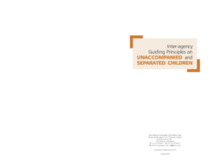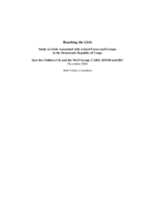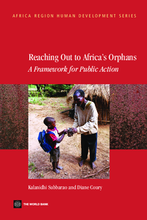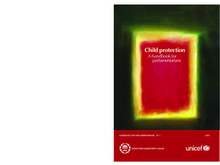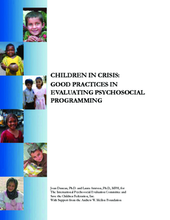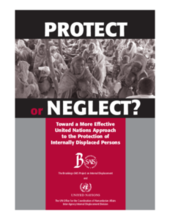Displaying 451 - 460 of 497
A comprehensive framework to ensure that the rights and needs of separated children are effectively addressed. Guidelines aim to promote and support preparedness, coordination and good practice based on lessons learned. Addresses all aspects of an emergency from preventing separations, to family tracing and reunification, through to long-term solutions.
A brief fact sheet on the multilevel support needs of children without parental care. Includes a brief section on statistical data and examples of UNICEF action in several countries around the world.
Studies the disproportionately low access of girls to formal DDR mechanisms in the Democratic Republic of Congo. Recommendations emphasize community-based approaches designed to specifically reach and support girls associated with armed groups.
A detailed policy framework for dealing with children associated with armed groups and armed forces. Includes a comprehensive annex outlining selected literature and useful websites.
A detailed book providing evidence-based guidelines for approaches and interventions to best mitigate the various risks confronted by OVC.
A handbook that includes examples of the many ways in which Parliaments and their members around the world have responded to the challenges of child protection through laws, policies, advocacy and other means. It also describes how Parliaments and their members can gain a clearer understanding of what their contribution can be, and equips them with the knowledge and tools they require to make that contribution.
A comprehensive and detailed template for development and evaluation of psychosocial support projects. Emphasis on raising awareness of cultural and ethical issues associated with psychosocial interventions.
A paper that makes recommendations (based on field work) to the UN, NGOs and governments for a more effective international system to care for internally displaced persons.
A study on the experiences of girl soldiers in Angola before, during and after their participation in armed conflict. Includes recommendations for gender-specific responses.
A model standard operating procedure designed to promote the integration of women’s needs into the planning and execution of DDR programming. Includes case studies, lessons learned, and practical guidance.

